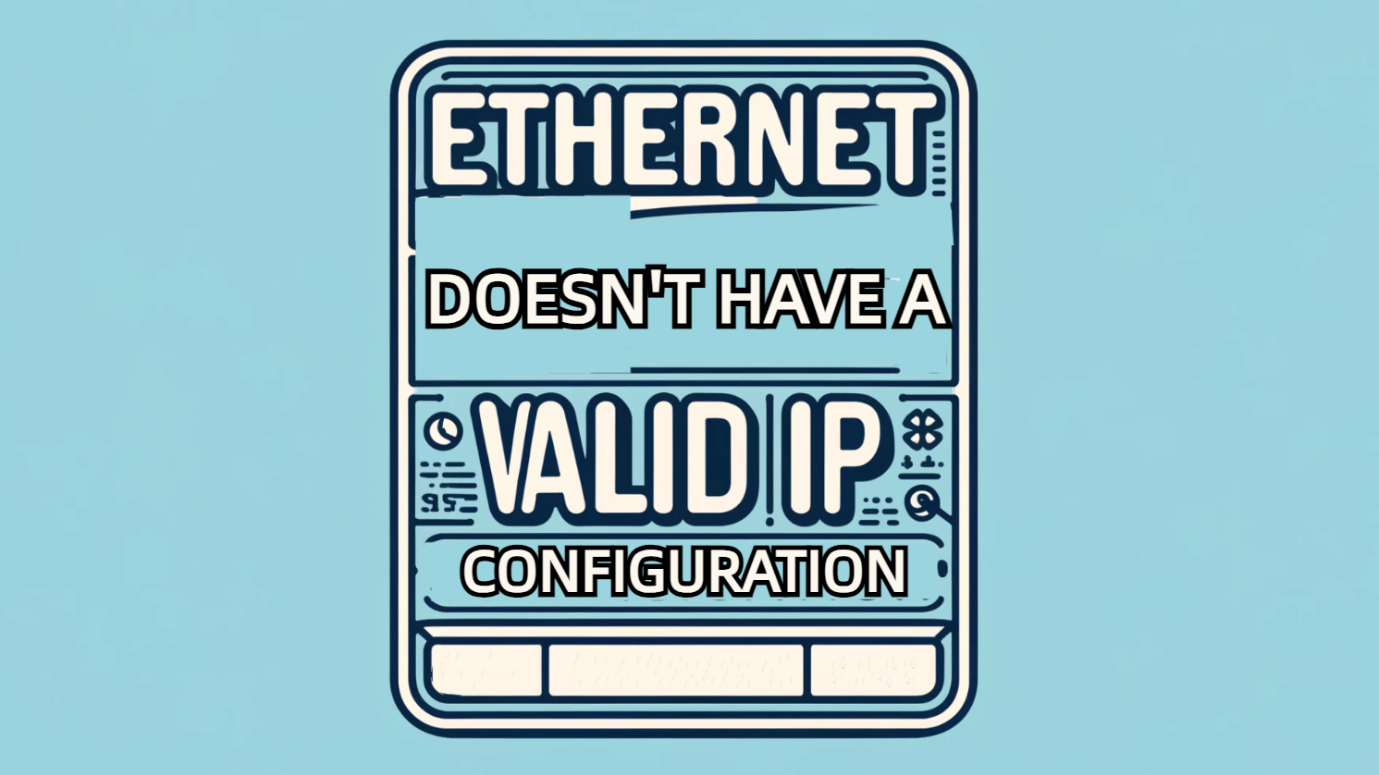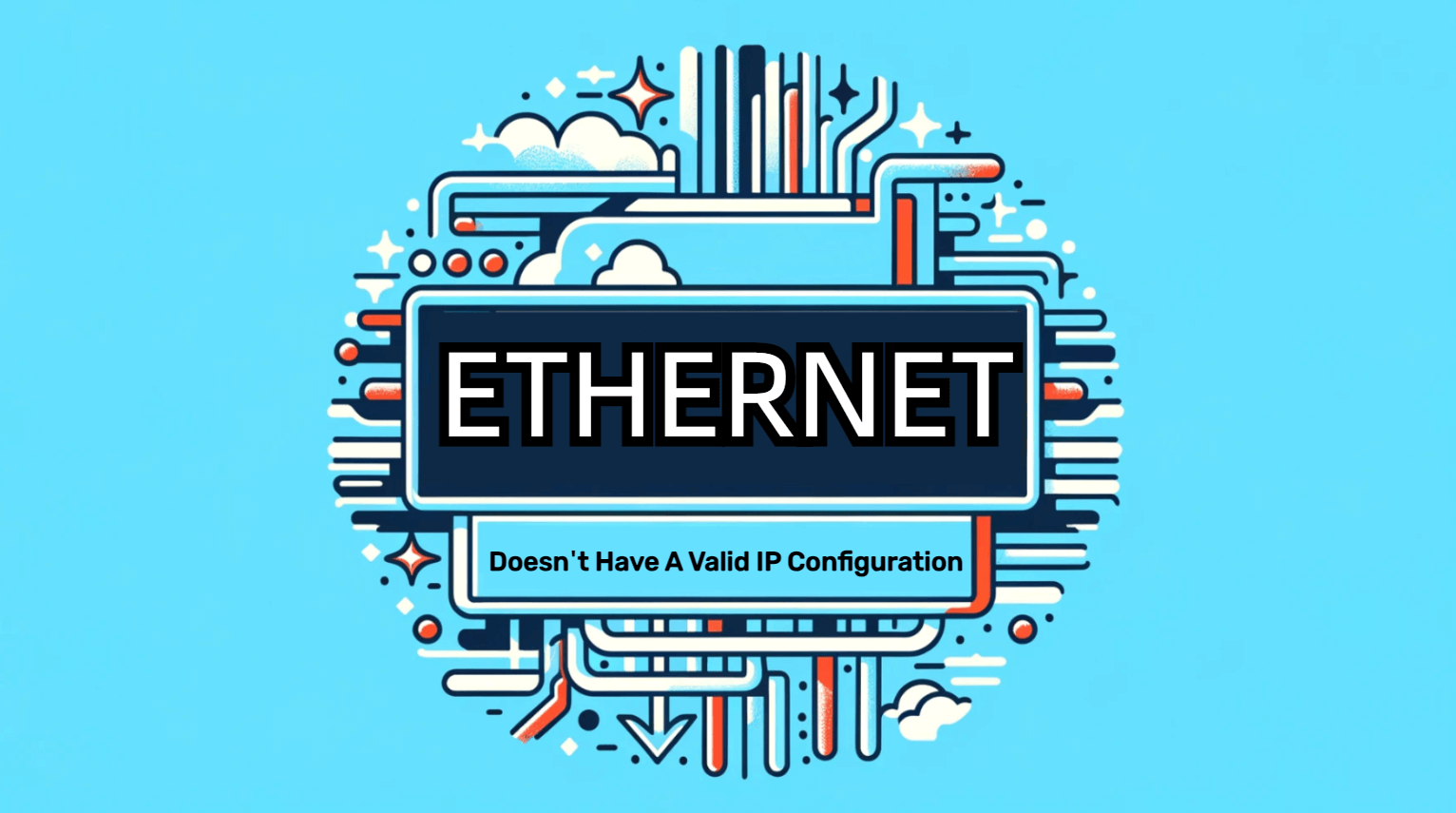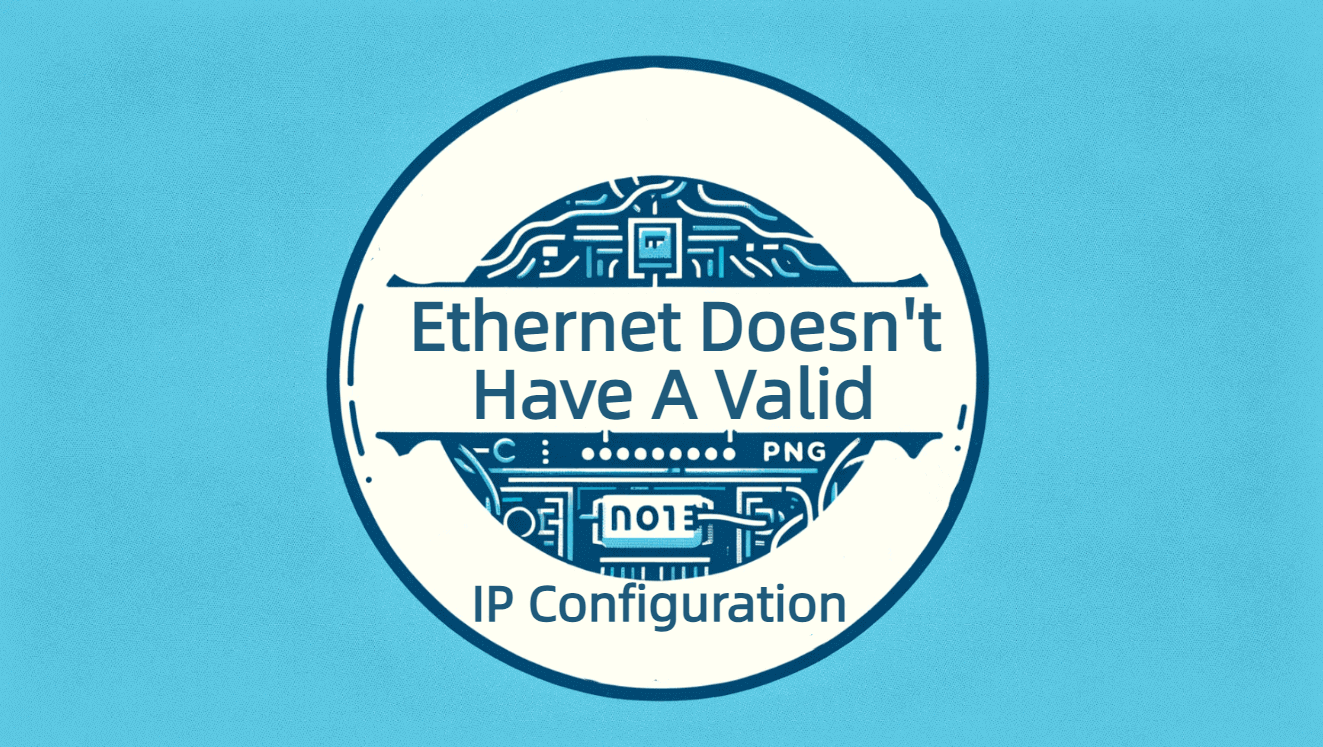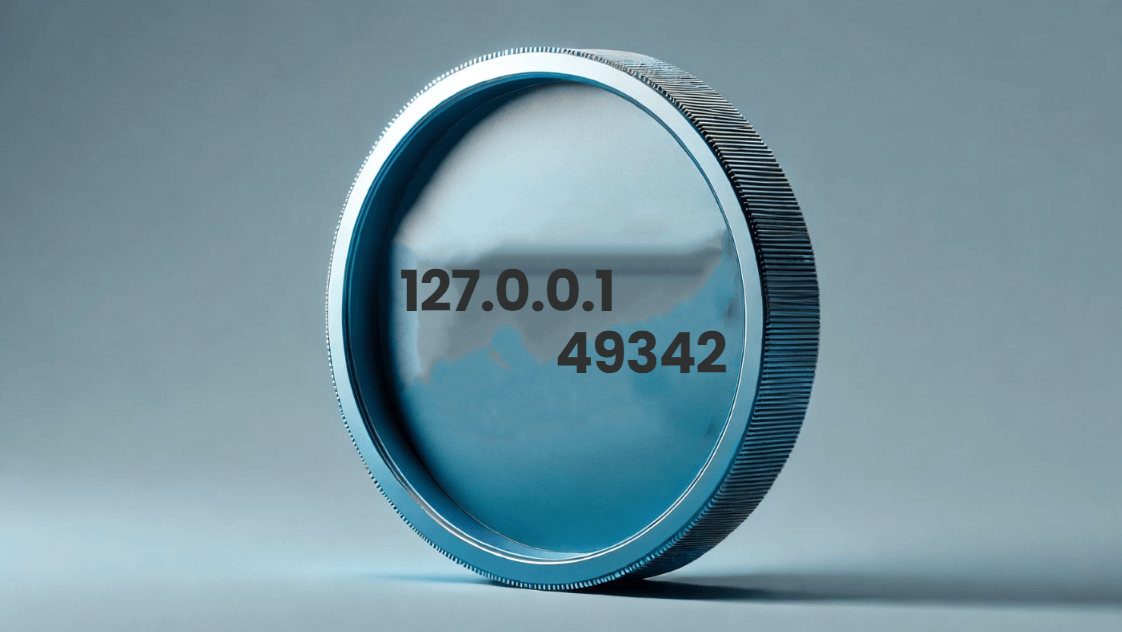Ethernet Doesn't Have A Valid IP Configuration: How to Fix

Struggling with the "Ethernet doesn't have a valid IP configuration" error can be frustrating, especially when it disrupts your internet connection. This guide aims to demystify the problem, offering a deep dive into what this error means, why it occurs, and how you can fix it. With easy-to-follow instructions of the top 6 ways, we'll help you restore your network connection and get back online quickly.
What Does “Ethernet Does Not Have a Valid IP Configuration” Error Mean?
The dreaded "Ethernet doesn't have a valid IP configuration" message means your computer isn't receiving a valid IP address from your network's DHCP server, a role typically played by your router.
Without a valid IP address, your computer cannot communicate with other devices on the Internet or your local network, leaving you unable to browse the web, access email, or stream media.
What is an IP Configuration?
IP configuration is essentially the setup of your network connections. It includes crucial details like your IP address, subnet mask, default gateway, and DNS servers. This configuration is what enables your device to communicate on a network, identifying it uniquely and specifying the routes it should use for sending and receiving data.
When Does "Ethernet Doesn't Have a Valid IP Configuration" Error Appear?
This error most often appears when there's a hiccup in receiving an IP address from the DHCP server. Common times you might see it include after rebooting your router, when setting up a new network device, or seemingly randomly, when a temporary glitch affects your network hardware.
How to Fix Ethernet Doesn’t Have a Valid IP Configuration Error: Top 6 Ways
Fixing an "Ethernet doesn't have a valid IP configuration" error involves several potential fixes that address different aspects of your network connection. Here are six effective strategies to resolve this error, complete with detailed steps for each method:

1. Restart Your Modem and Router
Sometimes, simply rebooting your modem, router, and computer can resolve IP conflicts or software glitches.
- Unplug your modem and router from the power source.
- Wait at least 30 seconds. This pause allows the devices to fully shut down and clear any errors.
- Plug the modem back in and wait for it to fully connect to the Internet.
- Plug the router back in and wait for all the lights to stabilize.
- Reconnect your computer to the network and check if the error is resolved.
2. Updating Your Network Adapter Driver
Outdated network drivers can cause numerous issues, including this error. Updating your driver via Device Manager in Windows can often fix underlying problems.
- Press Windows key + X and select Device Manager.
- Expand the "Network adapters" section.
- To update the driver, right-click on your Ethernet adapter and choose Update.
- To install any updates that are identified, choose Search automatically for updated driver software and follow the on-screen instructions.
- Restart your computer to apply the changes.
3. Release and Renew IP Address
Using command prompt commands 'ipconfig /release' followed by 'ipconfig /renew' can refresh your IP address, potentially fixing the error.
- Open Command Prompt as administrator (right-click Start button and select Command Prompt (Admin)).
- Type ipconfig /release and press Enter to release the current IP configuration.
- Type ipconfig /renew and press Enter to request a new IP configuration from your DHCP server.
- Close the Command Prompt and check if the Ethernet connection is working.
4. Use Windows Network Troubleshooter
This built-in tool can automatically find and fix issues with your network settings.
- Select Troubleshoot difficulties by performing a right-click on the network icon located in the system tray.
- Follow the prompts to let Windows diagnose and automatically fix any detected network issues.
- Review the troubleshooting report and apply any suggested fixes.

5. Disable IPv6
In some cases, disabling Internet Protocol version 6 (IPv6) in your network adapter’s properties can resolve IP configuration issues.
- Go to Control Panel > Network and Sharing Center > Change adapter settings.
- Right-click your network connection and select Properties.
- To deactivate Internet Protocol Version 6 (TCP/IPv6), uncheck the box next to it.
- Click OK to save changes and restart your computer to see if the issue is resolved.
6. Adjust Your Firewall Settings
Sometimes, overly aggressive firewall settings can block necessary network traffic. Reviewing and adjusting these settings might help.
- Open your firewall settings from the control panel or system settings.
- Look for settings that might be blocking your Ethernet connection or causing IP configuration issues.
- Turn off the firewall for a while to see if it fixes the problem. If so, change the firewall configuration to approve your Ethernet connection.
- Reactivate your firewall to ensure your system remains protected.
These steps address most of the common issues that could lead to an "Ethernet doesn't have a valid IP configuration" error. By following them, you can systematically diagnose and potentially resolve the network issues. If the problem persists after trying these solutions, it might be wise to consult with a professional or contact your ISP for further assistance.
How to Prevent this Error from Happening?
Keeping your network devices updated and correctly configured is the best way to prevent this error. Regularly updating your network adapter's drivers and firmware for your networking equipment can help maintain a stable connection.
Additionally, ensuring your cabling is intact and high-quality can prevent physical network issues.
Ethernet vs. WiFi: The Difference in IP Configuration Issues
While both Ethernet and WiFi connections can suffer from invalid IP configurations, the troubleshooting steps can vary slightly. Ethernet connections, being direct and physical, generally offer more stability and speed, making them easier to diagnose and fix compared to WiFi connections, which may be affected by signal strength, interference, and range issues. ( WiFi Doesn't Have Valid IP Configuration)
By understanding these elements and taking the right steps to troubleshoot and fix any issues, you can quickly resolve the "Ethernet doesn't have a valid IP configuration" error and minimize future occurrences, ensuring a smooth and stable internet experience. I hope this blog can help you get your Ethernet connection back on track.



